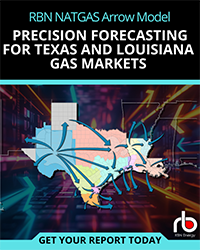The 43 U.S. exploration and production companies (E&Ps) we’ve been tracking racked up $160 billion in losses in 2015-16, but they turned things around in the first quarter of 2017, posting profits of $9.1 billion, or $9.12 per barrel of oil equivalent (boe), during that three-month period. At first glance, the second quarter might seem like a return to tough times; profits by the group fell more than 80%, to only $1.7 billion, or $1.71/boe. However, when $6.3 billion in impairments by ConocoPhillips — most of them tied to $16 billion asset sales and a write-down of the Australia Pacific LNG project — are excluded, second-quarter profits by our universe of Oil-Weighted, Diversified and Gas-Weighted E&Ps totaled $8.0 billion, or $8.02/boe, a decline of only 11.6% from the first three months of 2017. Today, we begin a review of E&P performance and profitability with a big-picture look at key elements of their income statements.
Monitoring the financial results of a large and diverse group of E&Ps over the long term is a good way to assess the health of the energy industry as a whole, particularly when you examine the details — the revenues, the costs and the impairments — that contribute to the bottom line. In Piranha!, our market study of 43 top U.S.-based E&Ps, we examined the strategies that E&Ps are adopting to thrive in a world of lower hydrocarbon prices. Of that universe of companies, 21 focus on oil (60%+ liquids reserves), nine are gas-weighted producers (60%+ natural gas reserves) and 13 are diversified producers. All major U.S. shale/unconventional plays are represented in the combined portfolios of these firms. In four blogs over the past month (beginning with Rock Steady), we reviewed in detail the changes in forecasted capital spending and production reported by our universe in their mid-year results announcements. Today, we begin our analysis of the profitability data compared with their reported first quarter 2017 results.
The prospects for E&Ps are ultimately linked to the swings of the crude oil and natural gas markets. Oil prices started 2017 at over $50/bbl, while natural gas prices started the year well over $3/MMBtu. The price for oil benchmark West Texas Intermediate (WTI), which averaged $52.50/bbl in January and $53.47/bbl in February, dipped below $50/bbl in March and reached a low for the year at $45.18/bbl in June. The $6.10/bbl decline in the average second quarter oil price resulted in lower pre-tax profits for E&Ps.
Join Backstage Pass to Read Full Article









